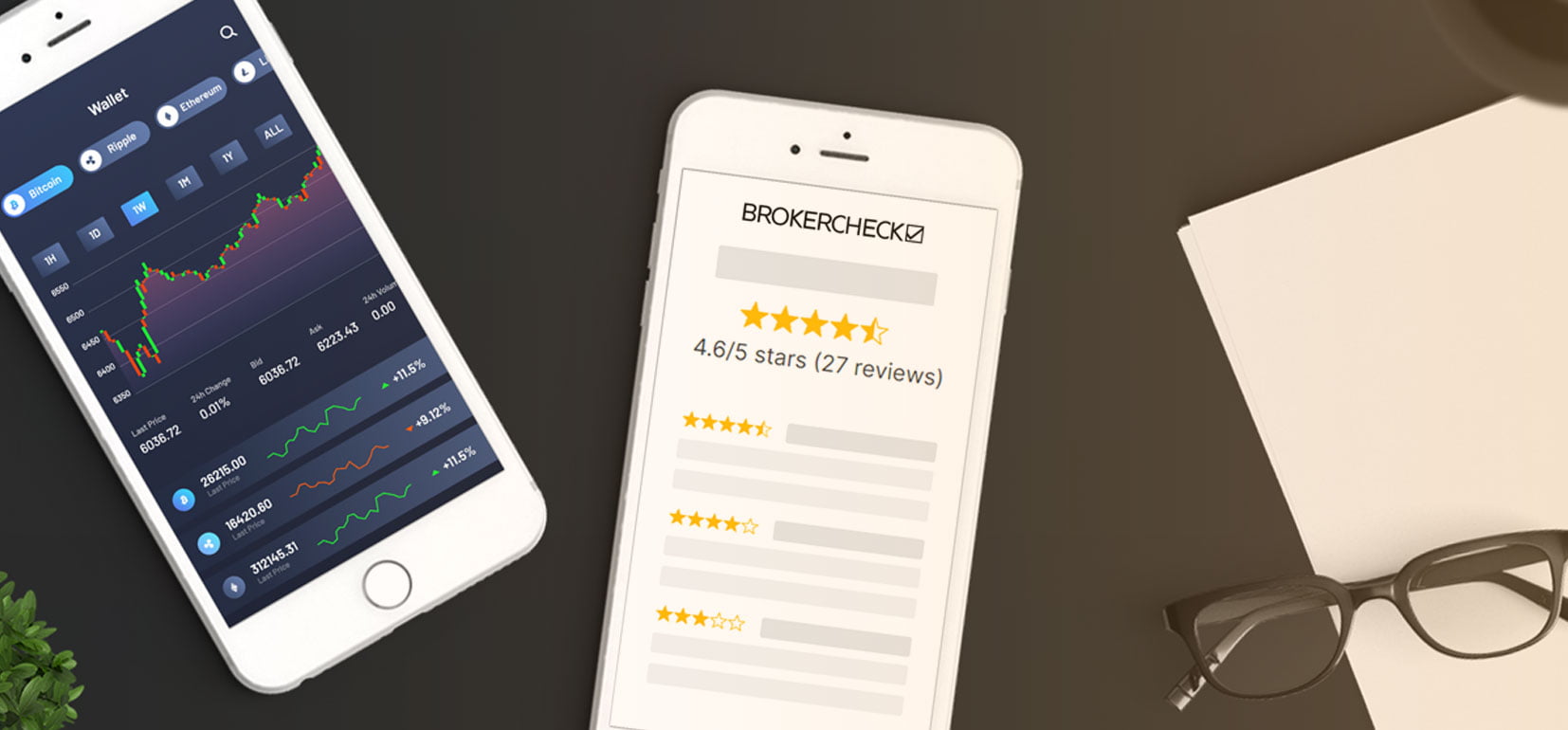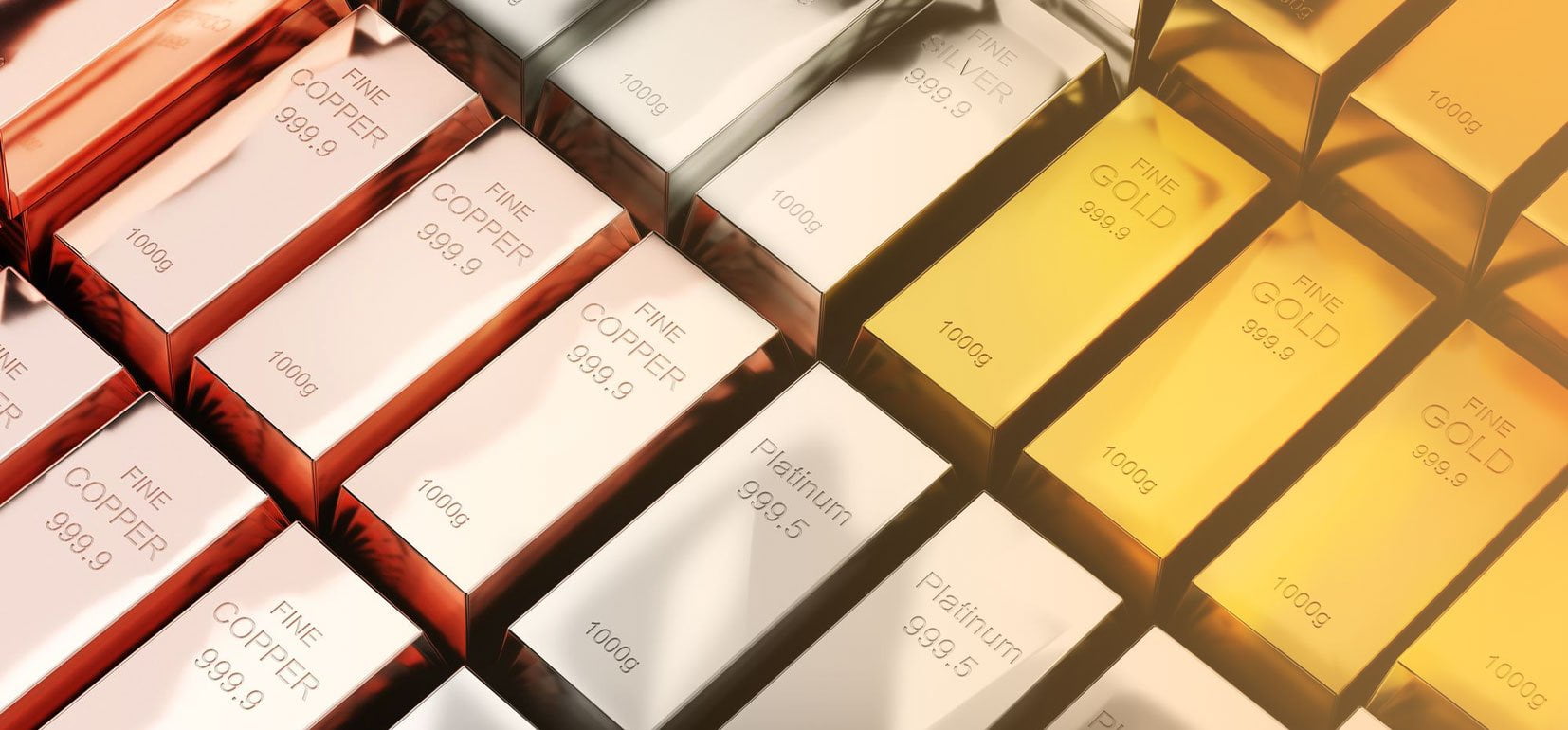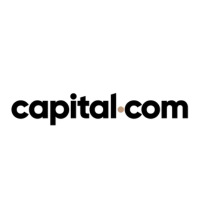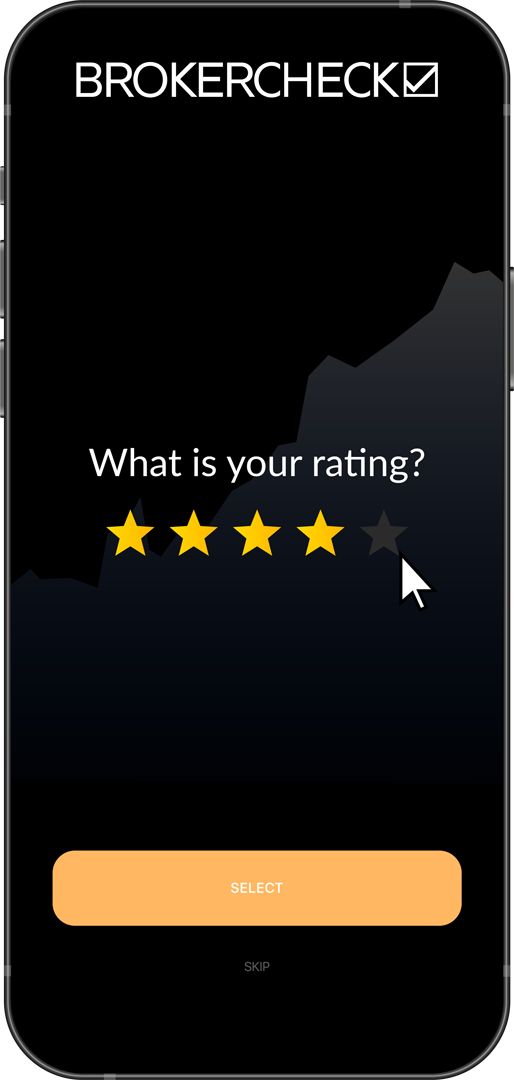1. Understanding the Commodity Market
1.1. Definition of Commodity Market
Commodity markets are vibrant trading platforms where raw or primary products are exchanged. These raw commodities are traded on regulated commodities exchanges, in which they are bought, sold and traded in standardized contracts. This market is split into two types: Hard and Soft commodities. Hard commodities are typically natural resources that must be mined or extracted—such as gold, rubber, and oil, whereas soft commodities are agricultural products or livestock—such as corn, wheat, coffee, sugar, soybeans, and pork.
In the field of finance, commodities play a vital role, particularly in the portfolio diversification. They provide an avenue for hedging against inflation and for participation in unique opportunities that arise from weather patterns, geopolitical turmoil, economic cycles, and other macro-level trends.
Commodity markets also provide a global economic direction as commodities are the building blocks for the global economy. They set the prices for goods worldwide, and their fluctuations can cause ripple effects throughout various sectors and industries. Traders and investors alike use commodities to bet on or safeguard against economic events, making commodity markets a vital part of financial market activity.
The Commodity Futures Trading Commission (CFTC) regulates these markets in the US. It ensures transparency, promotes competitiveness, and safeguards the market from fraud, abusive trading practices, and systemic risk.
1.2. Types of Commodities
Commodities are raw materials or primary agricultural products that can be bought, sold or traded. These can be broadly categorized into four types: Agricultural, Energy, Metals, and Environmental.
Agricultural commodities include items like corn, soybeans, wheat, rice, cocoa, coffee, cotton, and sugar. These are essential components of our daily diet and lifestyle, making them a crucial part of the commodities market.
Energy commodities, on the other hand, include crude oil, heating oil, natural gas, and gasoline. These commodities are vital to various industries and also play a significant role in geopolitical considerations.
Metals form another important category of commodities. This category includes precious metals like gold, silver, platinum, and industrial metals like iron ore, copper, and aluminum. These are used in a variety of industries from construction to technology, and their demand and prices can significantly influence the global economy.
Finally, the Environmental commodities represent a newer class of commodities that are traded on the market. These include carbon credits, renewable energy certificates, and white certificates. These commodities provide a financial incentive for reducing greenhouse gas emissions and are becoming increasingly important in the era of climate change.
1.3. How Commodity Markets Work
In the financial landscape, the commodity markets stand as a unique and vibrant arena. At their core, these markets are virtual or physical platforms where buyers and sellers trade raw or primary products. These commodities, ranging from agricultural products like wheat and corn to energy resources like crude oil and natural gas, and even precious metals like gold and silver, form the backbone of our global economy.
The commodity markets operate on the fundamental principles of supply and demand. When a commodity’s supply exceeds demand, prices tend to drop. Conversely, when demand outstrips supply, prices tend to rise. This dynamic interplay of supply and demand creates a continuously fluctuating market, providing opportunities for traders to profit from price movements.
Traders in these markets typically fall into two categories: hedgers and speculators. Hedgers, often commodity producers or consumers, use the market to offset risk associated with price fluctuations. For example, a farmer may sell futures contracts to lock in a price for his crop, protecting against potential price drops. On the other hand, speculators aim to profit from these price fluctuations. They buy and sell commodities based on anticipated market movements, with no intention of taking delivery of the commodity.
The heart of commodity markets is the futures market. Futures contracts are standardized agreements to buy or sell a specific quantity of a commodity at a predetermined price and date. These contracts are traded on futures exchanges, such as the Chicago Mercantile Exchange (CME) or the New York Mercantile Exchange (NYMEX).
While commodity trading can be a profitable venture, it is critical to understand that it also carries significant risk. Market volatility, influenced by factors such as geopolitical events, weather conditions, and changes in economic indicators, can lead to substantial losses. Therefore, it is essential for beginners to educate themselves thoroughly, develop a sound trading strategy, and carefully manage risk before diving into the commodity markets.
2. Getting Started in Commodity Trading
2.1. The Importance of Commodity Research
In the world of trading, knowledge is power. This statement rings especially true when it comes to the commodity market. A trader’s success hinges on their ability to accurately predict market trends, and commodity research is a critical tool in that endeavor. It provides a wealth of information, from price histories and market forecasts to geopolitical events that could influence commodity prices.
Commodity research is your compass in the vast ocean of the commodity market. It helps you navigate the intricate web of factors that drive commodity prices, such as supply and demand dynamics, weather patterns, and economic indicators. For instance, a drought in a major corn-producing region could potentially drive up corn prices, while an economic downturn could dampen demand for luxury goods like gold.
Armed with this information, you can make informed trading decisions. Instead of simply following market trends, you’re able to anticipate them. You can strategize your trades to capitalize on potential price movements, reducing your risk of losses and increasing your chances of making a profit.
However, commodity research isn’t just about gathering data. It’s also about interpreting that data and turning it into actionable insights. This requires a deep understanding of the commodity market and the various factors that influence it.
To help you with this, there are numerous resources available, ranging from commodity research reports by financial institutions and independent research firms to online trading platforms that provide real-time market data and analysis tools. By leveraging these resources, you can gain a competitive edge in the commodity market and elevate your trading to new heights.
Remember, commodity research isn’t a one-time task. It’s an ongoing process that requires constant monitoring and analysis. The commodity market is dynamic and ever-changing, and what worked yesterday may not work today. By staying updated with the latest market trends and developments, you can adapt your trading strategies accordingly and stay ahead of the game.
In short, commodity research is an indispensable part of commodity trading. It’s the key to unlocking your potential as a trader and achieving your trading goals. So, start your commodity research today and embark on your journey to trading success.
2.2. Choosing a Commodity Broker
Navigating the complex world of commodity trading can be a daunting task without the right guide. This is where the role of a commodity broker becomes crucial. A commodity broker is a professional who can guide you through the labyrinth of the commodity market with their extensive knowledge and experience.
Choosing the right commodity broker is as important as deciding on your investment strategy. The broker you choose will be your guide, your confidant, and your main point of contact in the world of commodity trading. So, how do you choose the right one?
Firstly, consider their experience. Commodity markets are volatile and unpredictable. An experienced broker will have navigated these waters before and can provide invaluable advice. Secondly, evaluate their reputation. A good broker should have a solid track record and positive feedback from previous clients.
Research their fees. Brokers charge for their services in different ways. Some charge a flat fee, some a percentage of your trade, and others a combination of both. Make sure you understand the fee structure before you commit.
Lastly, assess their customer service. A good broker should be easily accessible, responsive, and willing to answer any questions you have. This is particularly important when you’re new to the world of commodity trading.
Choosing the right commodity broker is not a decision to be taken lightly. It requires careful consideration and research. But with the right broker by your side, you’ll be well-equipped to navigate the turbulent waters of the commodity market.
2.3. Developing a Trading Strategy
Stepping into the commodity market without a trading strategy is akin to navigating a ship without a compass. It’s crucial to understand that a well-crafted trading strategy is the backbone of successful trading. It’s your map, guiding you through the turbulent waves of market volatility and helping you make informed decisions.
Firstly, define your trading goals. Are you aiming for short-term gains or are you in it for the long haul? Your goals will determine the type of trading strategies you’ll implement. Short-term traders might lean towards day trading or swing trading strategies, while long-term traders might opt for position trading.
Secondly, choose the right commodity. Each commodity has its own set of supply and demand dynamics. Understanding these dynamics is key to predicting price movements. For instance, agricultural commodities might be influenced by weather patterns and crop reports, while energy commodities like oil and gas might be swayed by geopolitical tensions or changes in technology.
Thirdly, understand market trends. Trends are the general direction in which a market or the price of an asset is moving. Traders who can accurately predict these trends stand a better chance at making profitable trades.
Lastly, manage your risks. Even the most experienced traders can’t predict market movements with 100% accuracy. It’s important to set stop-loss orders to limit potential losses and to only invest what you can afford to lose.
Remember, a trading strategy isn’t a one-size-fits-all solution. It needs to be personalized to your trading goals, risk tolerance, and market understanding. Regular review and adjustments are necessary to keep your strategy effective and relevant.
Developing a trading strategy might seem daunting, especially for beginners. However, with time, patience, and continuous learning, you can craft a strategy that could potentially pave your way to trading success.
3. Understanding Commodity Futures
3.1. Definition of Commodity Futures
Commodity futures represent a cornerstone of the trading world, serving as a powerful tool for those looking to navigate the unpredictable waters of the commodities market. They are essentially contracts that commit the buyer to purchase, and the seller to sell, a specific quantity of a commodity at a predetermined price and date.
Commodities in this context refer to physical substances like gold, oil, or wheat. The future aspect of the contract refers to the predetermined date for the transaction. This means that when you buy or sell a commodity future, you’re not immediately trading the commodity itself. Instead, you’re trading the promise of that transaction happening in the future.
The charm of commodity futures lies in their ability to hedge against price volatility. Since commodities are subject to frequent price fluctuations due to factors like weather, geopolitical events, and economic indicators, futures offer a way to lock in prices today for transactions that will occur months or even years down the line. This can provide a safety net against future price changes, making them particularly appealing to those involved in the production or consumption of commodities.
However, it’s important to note that trading in commodity futures is not without its risks. The same factors that cause commodity prices to fluctuate can also lead to losses in futures trading. Therefore, it’s crucial to have a solid understanding of the market and to approach commodity futures trading with a well-thought-out strategy.
To further illustrate, let’s consider a simple example. Suppose you’re a jewelry manufacturer who needs gold for production. You’re worried that gold prices might rise in the future, which would increase your production costs. To hedge against this risk, you could enter into a futures contract to buy gold at a set price at a future date. If gold prices rise as you feared, you’re protected because you can still buy gold at the price specified in your futures contract. Conversely, if gold prices fall, you would be obligated to buy gold at the higher contract price, which could result in a loss.
This example underscores the importance of careful consideration and strategy when dealing with commodity futures. They can be a valuable tool for managing risk and navigating the commodities market, but they also require a keen understanding of market dynamics and a willingness to accept potential losses.
3.2. The Role of Futures in Commodity Trading
Futures are the heart and soul of commodity trading. They are standardized contracts, traded on an exchange, that promise the delivery of a specific quantity and quality of a commodity at a predetermined price and date. The futures market is where producers and consumers of commodities come to manage their price risk. For example, a farmer might sell futures contracts to lock in a price for his crop months before it’s harvested.
At the same time, a bread manufacturer might buy those contracts to lock in a price for the wheat he’ll need in the future. Thus, futures serve as a critical risk management tool for these market participants. But that’s not all.
Speculators, who are traders betting on the direction of commodity prices, also play a vital role in the futures market. They bring liquidity and volatility to the market, making it possible for the producers and consumers to enter and exit trades easily.
However, it’s essential to remember that futures trading is not for the faint-hearted. It involves a high degree of risk and requires a solid understanding of the market dynamics. The price of a futures contract can change rapidly in a short time, leading to substantial gains or losses.
Therefore, if you’re a beginner, it’s advisable to start with a simulated trading account. This would allow you to understand the mechanics of futures trading without risking real money. Once you’re comfortable, you can then consider trading with actual capital.
Education is the key to successful futures trading. You need to understand the market trends, the factors that drive commodity prices, and the strategies to manage your risk. It’s also essential to keep an eye on the global economic indicators as commodities are heavily influenced by the overall economic conditions.
In the world of commodity trading, futures are your sword and shield. They provide you with the tools to profit from price fluctuations and protect yourself against adverse price movements. But remember, with great power comes great responsibility. So, use them wisely and always trade with a plan.
3.3. Risks and Rewards of Futures Trading
Futures trading, the thrilling arena of the commodity market, is a double-edged sword. It’s packed with the promise of substantial profits, yet equally burdened with high-risk potential. Understanding this balance is crucial for any trader stepping into the world of futures.
On the rewards side, futures trading can be incredibly profitable. A trader can control large amounts of a commodity with a relatively small amount of capital thanks to leverage. This means that even a small change in the market can lead to significant profits. Furthermore, futures markets are often more predictable than stock markets due to their dependence on seasonal cycles and predictable demand trends.
However, the risks are just as significant. The same leverage that can lead to huge profits can also result in substantial losses. If the market moves against your position, you could lose more than your initial investment. Additionally, futures trading requires a keen understanding of the market and constant vigilance. Market conditions can change rapidly, and a lack of attention or understanding can lead to losses.
Managing these risks is an essential part of successful futures trading. This entails implementing risk management strategies such as stop-loss orders, which automatically sell your futures contracts if the price drops to a certain level, limiting your potential losses. It also involves staying informed about market trends and changes, and being prepared to act quickly in response.
Another potential risk is the complexity of futures contracts. These contracts can be difficult to understand and require careful analysis. They also have specific expiration dates, which can lead to losses if not managed properly.
Despite the risks, the allure of futures trading is undeniable. It offers the potential for significant profits and the excitement of participating in a fast-paced, global market. But it’s not for the faint of heart. It requires a keen understanding of the market, a solid strategy, and a willingness to take on risk. For those who are up to the challenge, futures trading can be an exciting and potentially profitable venture.
4. Exploring Other Commodity Investment Options
4.1. Commodity ETFs and Mutual Funds
Commodity ETFs and Mutual Funds offer an intriguing avenue for novice traders embarking on their journey in the commodity market. As financial instruments that track the price of a basket of commodities, they provide a diversified exposure to the commodity market, mitigating the risk associated with trading individual commodities.
Imagine the commodity market as a vast, unpredictable ocean. Trading individual commodities is akin to navigating this ocean in a small boat, where every wave (market fluctuation) can significantly impact your journey. On the other hand, Commodity ETFs and Mutual Funds are like large, sturdy ships. They may not completely insulate you from the market’s ebbs and flows, but they can certainly provide a more stable and secure journey.
Commodity ETFs are traded on national stock exchanges, making them easily accessible to traders. They offer transparency as their holdings are disclosed daily. Mutual Funds, on the other hand, are professionally managed portfolios that pool money from multiple investors to purchase a diversified mix of commodities. They provide the benefit of professional management, which can be particularly useful for beginner traders.
However, it’s important to remember that while Commodity ETFs and Mutual Funds reduce risk through diversification, they are not completely devoid of risk. The performance of these funds is tied to the underlying commodities they track, and if these commodities perform poorly, the funds will too. Therefore, as with all forms of trading, it’s crucial to thoroughly research and understand what you’re investing in.
Trading in Commodity ETFs and Mutual Funds can be a great starting point for beginners in the commodity market. They offer a balance of risk and reward, making them an ideal choice for those looking to dip their toes into the volatile yet potentially lucrative world of commodity trading.
4.2. Commodity Stocks
Commodity stocks offer an intriguing opportunity for traders looking to diversify their portfolios. These stocks are directly linked to the price of raw materials, including everything from gold and oil to coffee and sugar. As such, they provide a unique way to tap into global economic trends, often moving in sync with changes in supply and demand dynamics, inflation rates, and geopolitical events.
Investing in commodity stocks isn’t just about buying shares in mining companies or oil giants. There’s a whole world of opportunities out there. For instance, you could invest in a coffee chain that benefits from lower coffee prices, or a jewelry manufacturer that uses significant amounts of gold in its products.
Understanding the commodity market is key to successful trading in this sector. This includes keeping an eye on global economic indicators, staying up-to-date with industry news, and understanding the factors that drive commodity prices. For instance, if a major oil-producing country faces political instability, it could impact oil prices and, in turn, oil stocks.
One of the main advantages of commodity stocks is diversification. Because they’re tied to physical assets, they often move independently of the broader stock market, which can help protect your portfolio during times of market volatility. However, they also come with risks. Commodity prices can be extremely volatile, driven by factors ranging from weather patterns to political events.
Research is crucial when investing in commodity stocks. Before diving in, make sure you understand the commodity, the company you’re investing in, and the broader market conditions. This includes looking at the company’s financial health, its competitive position, and its exposure to commodity prices.
In the world of commodity stocks, knowledge really is power. The more you understand about the market, the better positioned you’ll be to make informed trading decisions. So, whether you’re a seasoned trader or just getting started, commodity stocks could be a valuable addition to your trading strategy.
4.3. Physical Commodities
Physical commodities are tangible assets that are traded on the commodity markets. These can range from agricultural products like wheat and corn, to energy resources such as oil and natural gas, and even precious metals like gold and silver.
Trading physical commodities can be a lucrative venture, but it requires a deep understanding of market dynamics. Market dynamics refer to the forces that influence the price and availability of a particular commodity. These can include factors like weather patterns affecting crop yields, geopolitical events impacting oil production, or economic trends influencing the demand for precious metals.
When trading physical commodities, one of the most common strategies is futures trading. This involves agreeing to buy or sell a specific quantity of a commodity at a predetermined price on a future date. This strategy allows traders to lock in prices and hedge against future market fluctuations.
However, futures trading is not without its risks. The commodity markets are notoriously volatile, and prices can swing dramatically in a short period of time. Therefore, it’s crucial to have a solid risk management strategy in place. This can involve setting stop-loss orders to limit potential losses, diversifying your portfolio to spread risk, and regularly reviewing market trends and news to stay informed.
Physical commodity trading also involves dealing with the practicalities of storing and transporting the commodities. For example, if you purchase a large quantity of wheat, you’ll need to have a plan for where and how to store it. Similarly, if you’re trading oil, you’ll need to consider the logistics of transporting it from the production site to the buyer.
In addition to futures, there are other ways to trade physical commodities. These include spot trading, where commodities are bought and sold for immediate delivery, and options trading, where traders buy or sell the right (but not the obligation) to trade a commodity at a certain price within a certain time frame.
While trading physical commodities can be complex and risky, it can also offer significant rewards for those who are willing to put in the time and effort to understand the market. Whether you’re interested in the agricultural sector, the energy industry, or the world of precious metals, trading physical commodities offers a unique way to diversify your portfolio and potentially achieve impressive returns.











